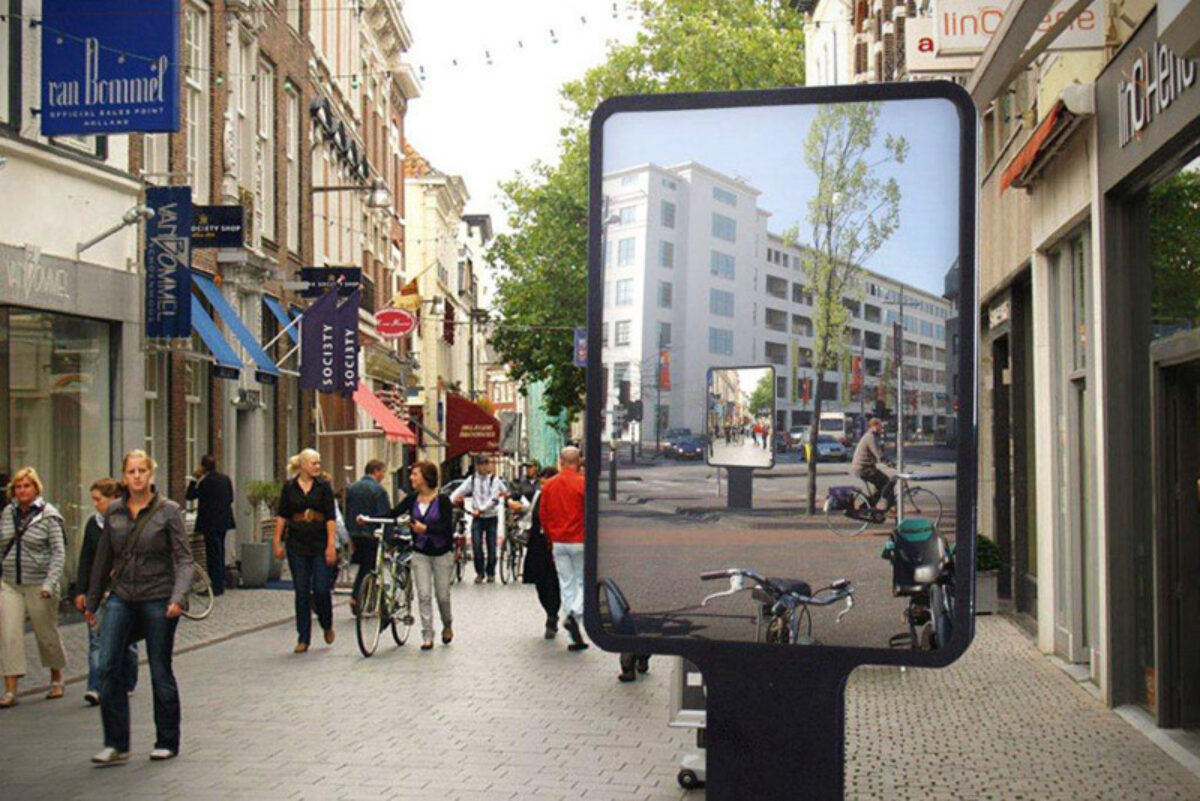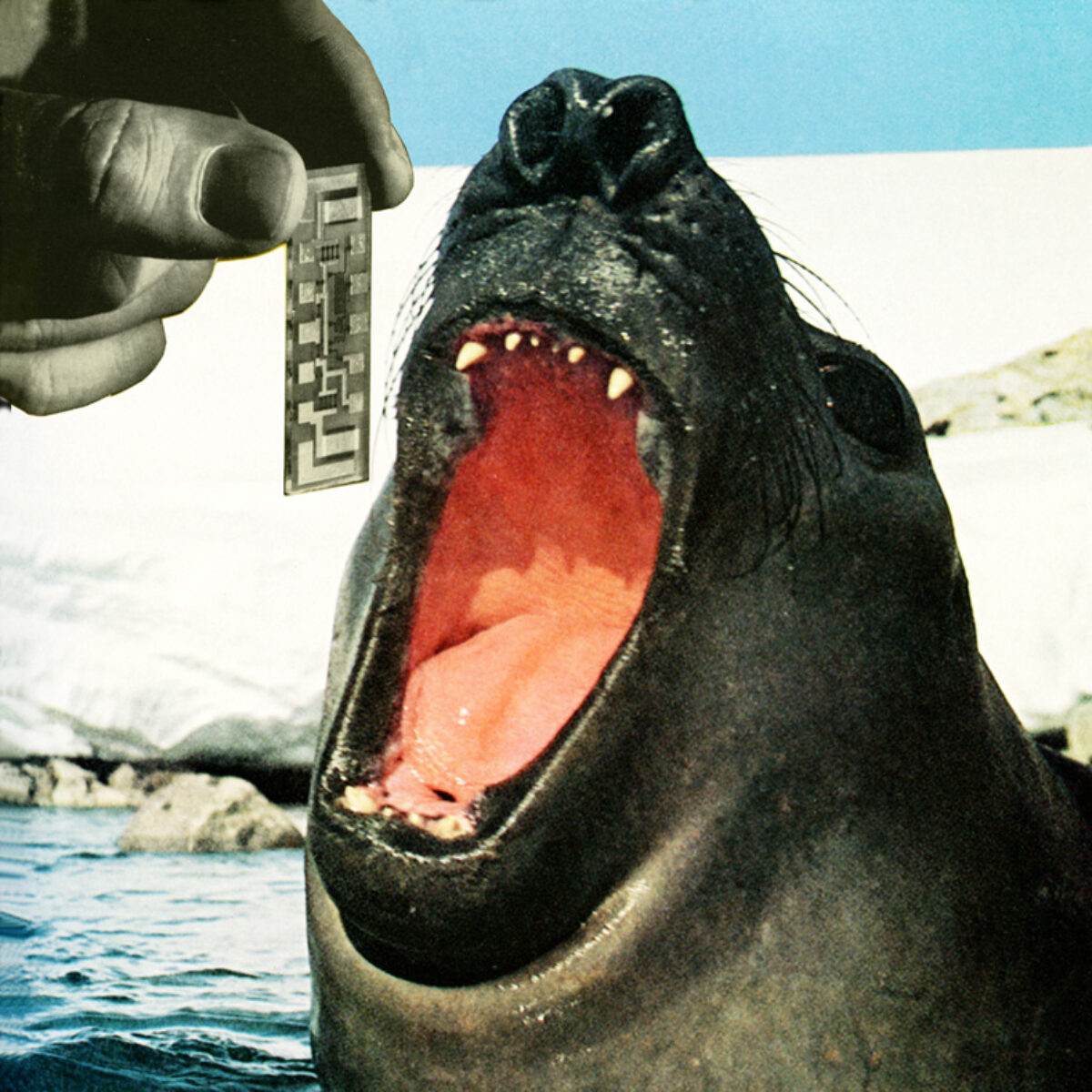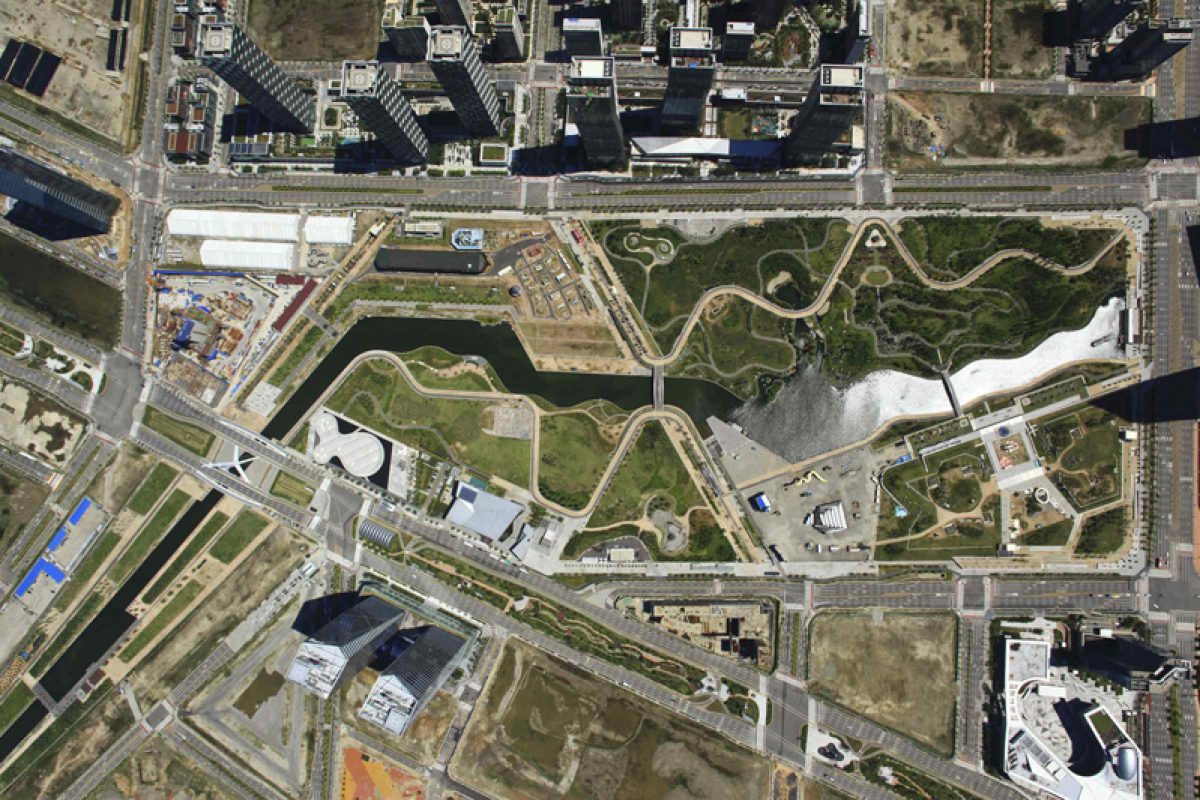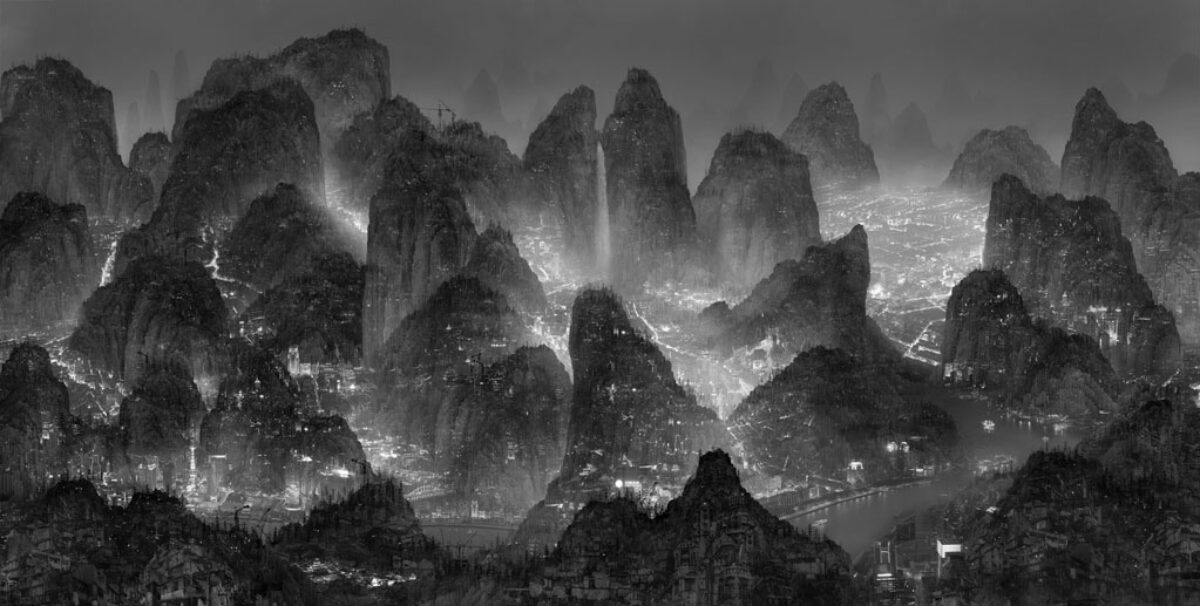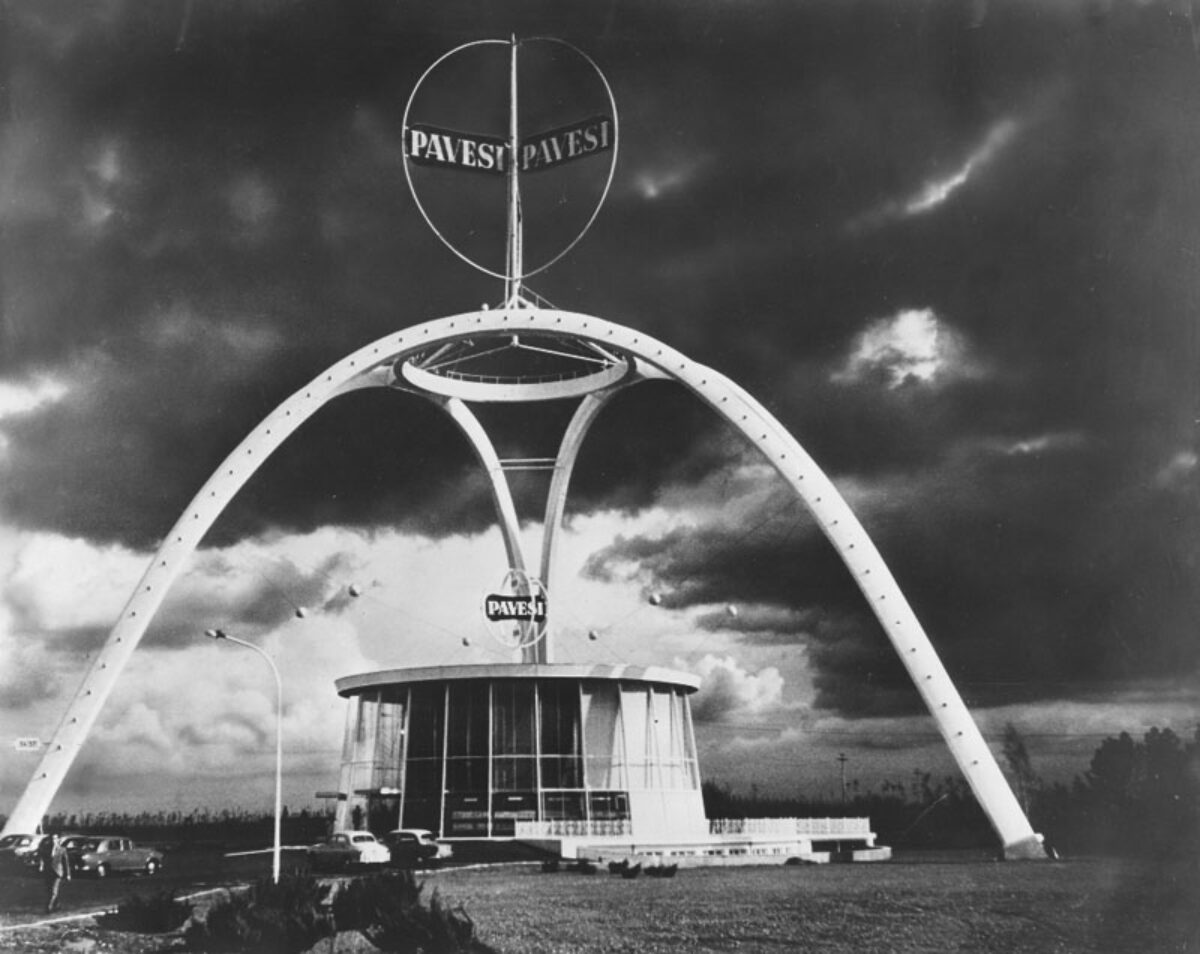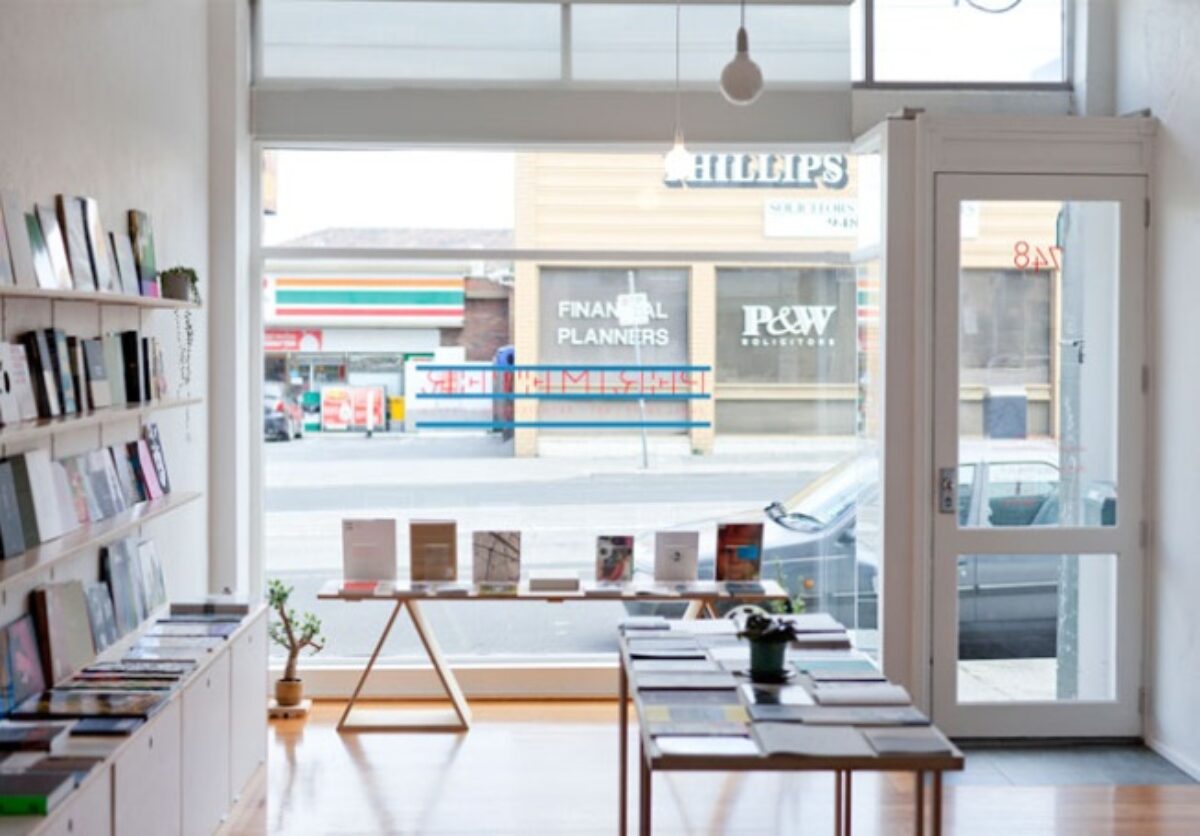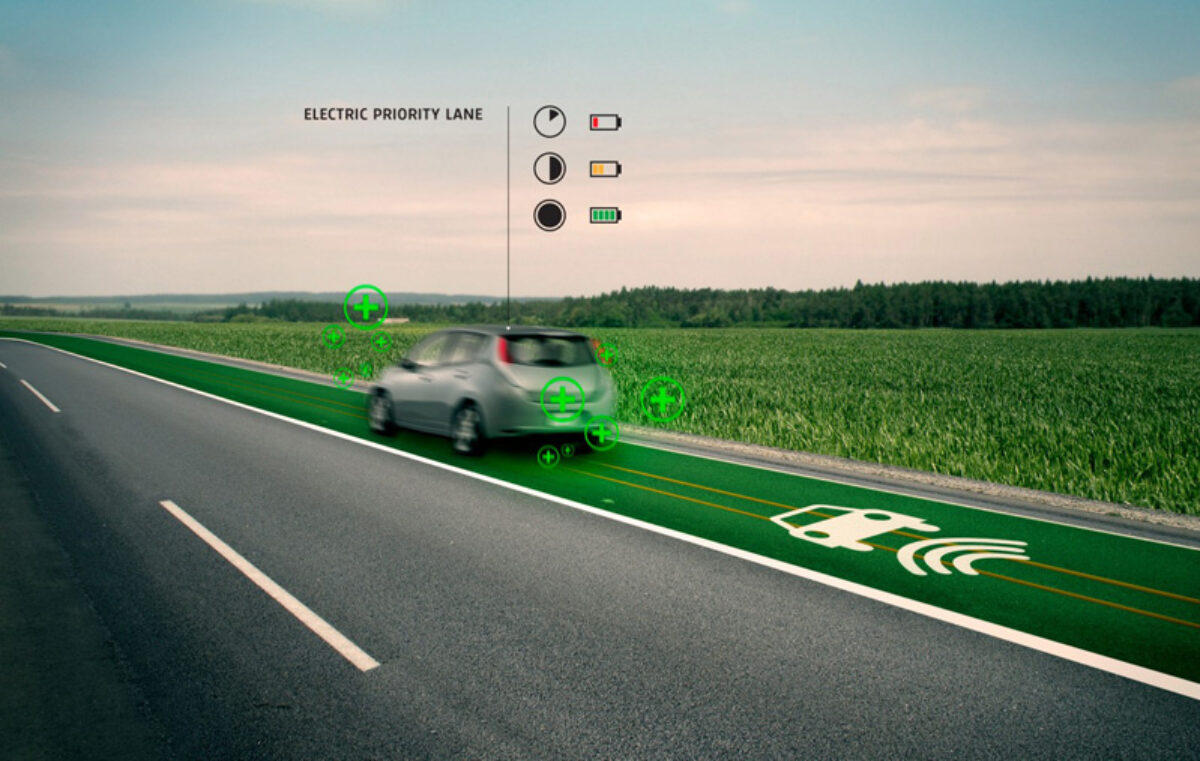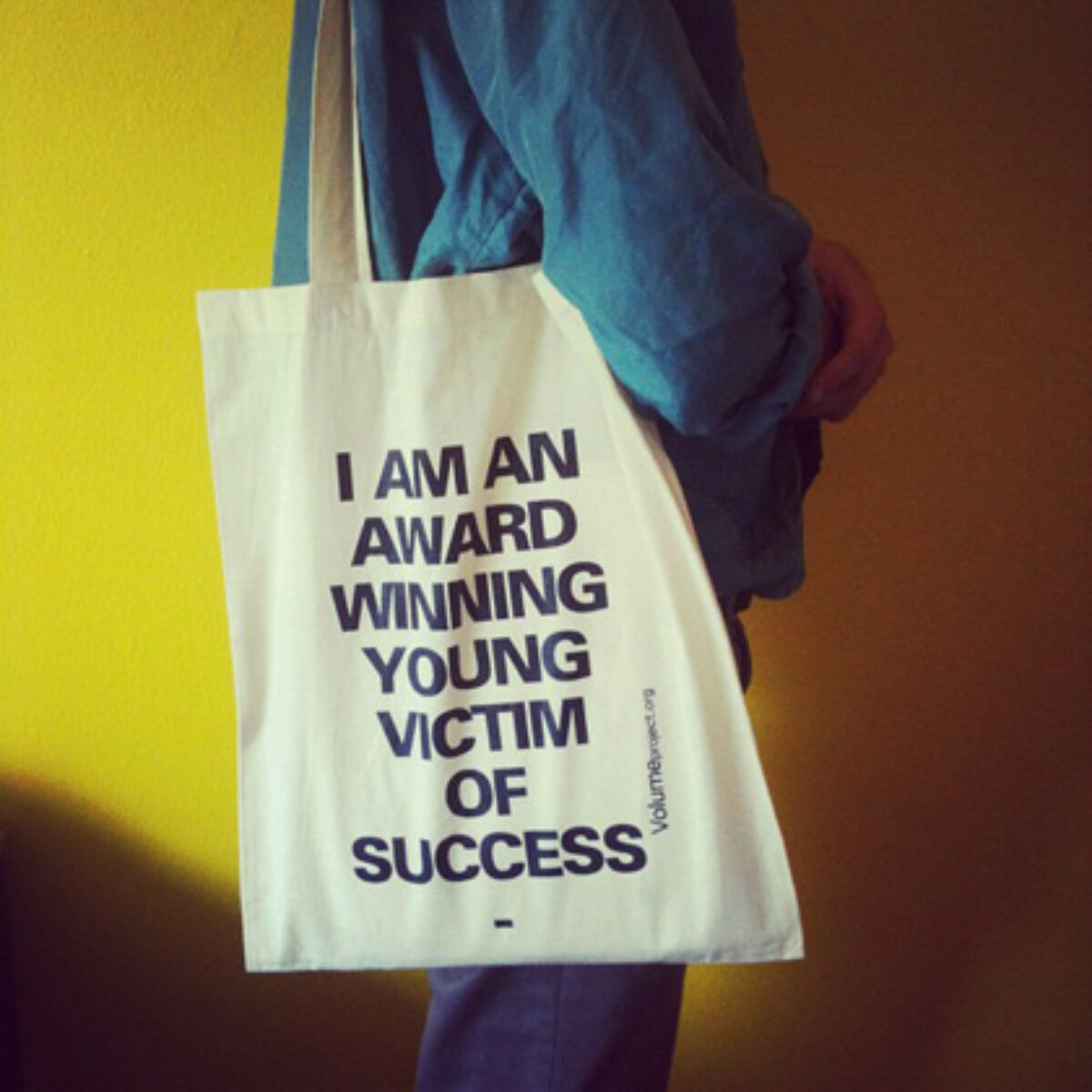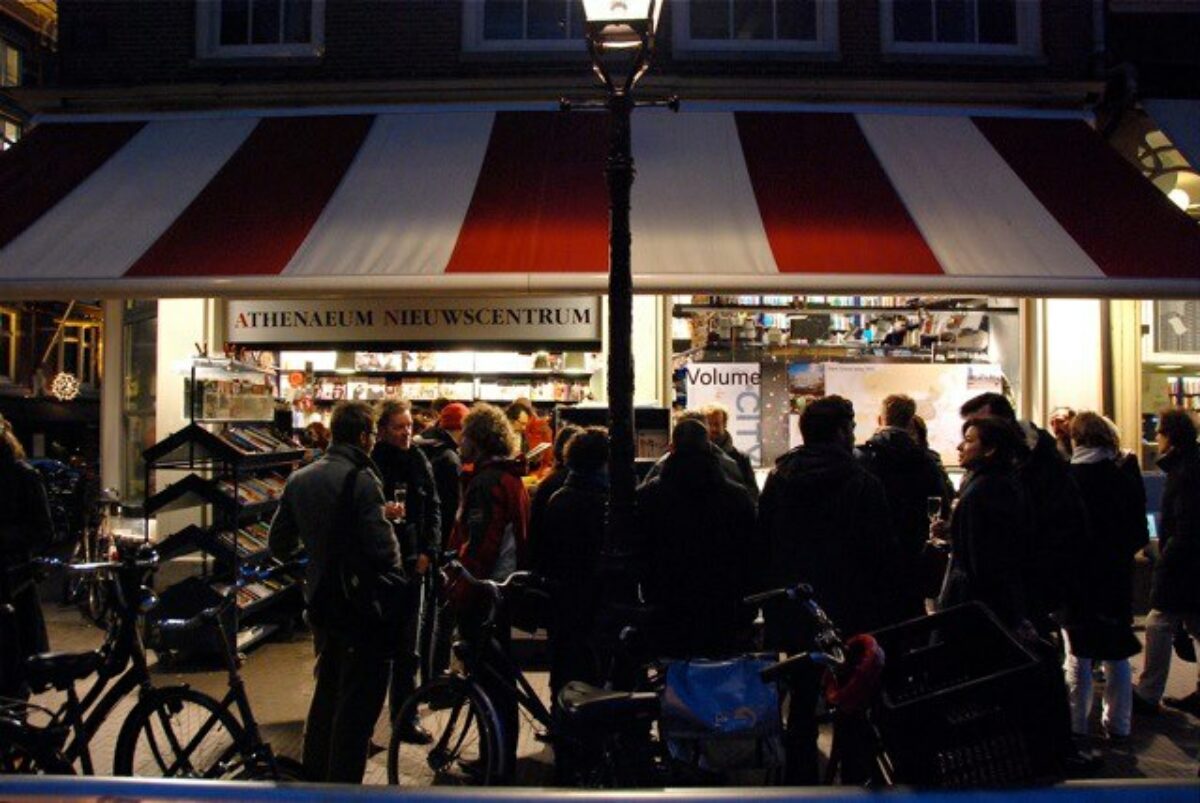On Thursday 21 March 2013, the teams that have worked under the wings of the Studio for Unsolicited Architecture, Design & E-Culture will present the results of their research at the Netherlands Architecture Institute. The Studio is an experimental project that explores ways in which designers can play a meaningful role in resolving urgent social and design challenges.
The Cycle of Japan is an ongoing lecture series at the Academy of Architecture in Amsterdam that is exploring what the Netherlands can learn from Japanese urban practice. Edwin Gardner kicked off the series with a talk on February 14th. His lecture was a deeply poetic and psychogeographic meditation on the nature of cyclical time in Tokyo, and its effect on the city’s built environment. Edwin Gardner is a theorist, architect and cofounder of Monnik, a Dutch research collective. He was in Tokyo to put together Still City, an alternative guide to the city. There, he met and did workshops with various artists, designers, and other urban explorers during a mentally stimulating and physically exhausting two-month stay.
